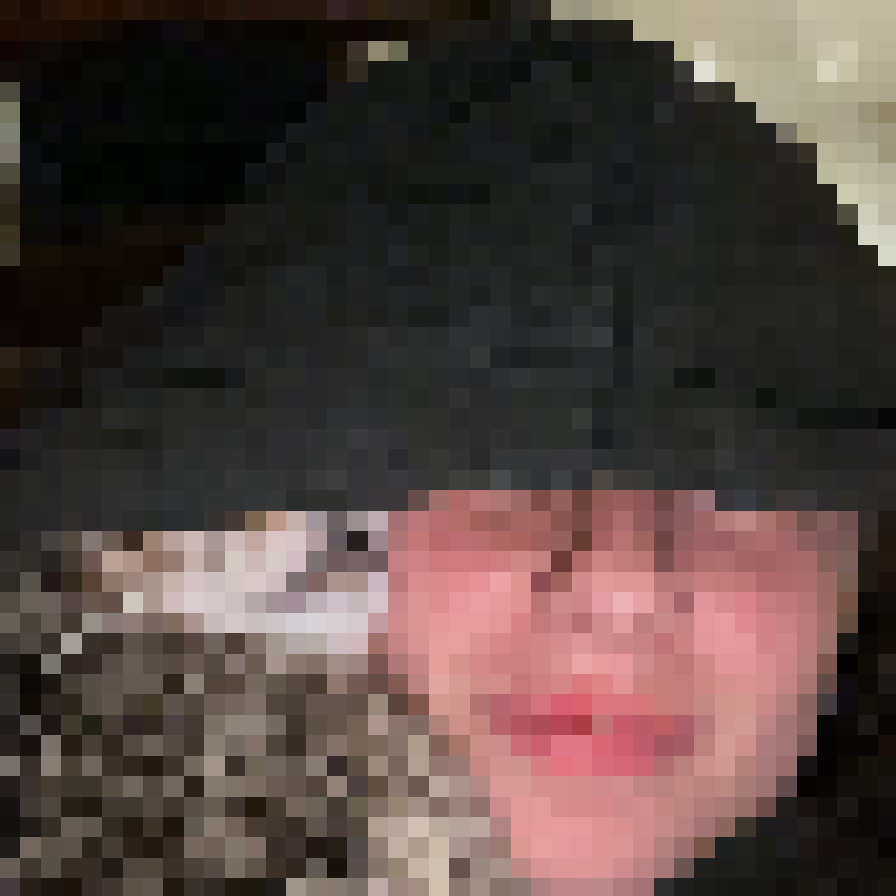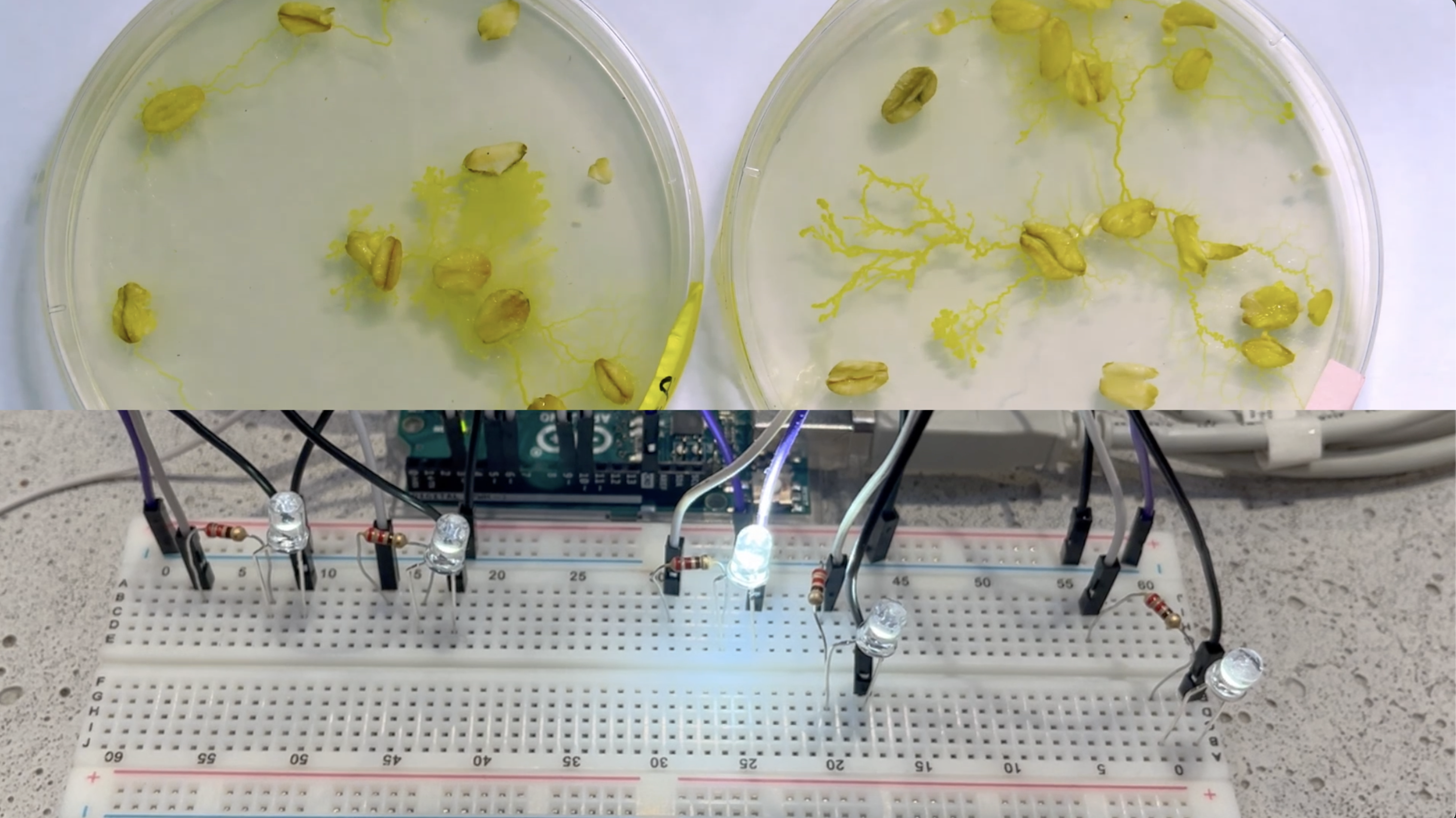

>>> code
>>> pseudo-code


>>> code
>>> pseudo-code
slime machine
[python]
with the hope that all machines will slime
This is my final thesis for the Design Research Master Degree I followed at BAU advised by Timothy Justin Cowlishaw.
This research explores the concept of intelligence, the view of machines and their
relationship in a more than human way.
The focus of my research is slime mould, and in particular the Physarum Polycephalum species, a
non-binary, decentralized, random organism used as a model for thinking about and then developing a new
form of computing.
I begin by rethinking intelligence, challenging the brain-centric view that has dominated our society
and trying to understand it in all its forms, trying to remove the anthropocentric lens and analyze it
in its more-than-human forms. Then, I examine how machines can be reimagined, designing new
relationships and better ways to coexist with non-human entities, following an ecology of
technology.
The research includes the development of a computer vision algorithm inspired by the behavior of slime
moulds, with a focus on edge detection. This algorithm, aaardm.py, starts from randomness and searches
for solutions rather than predicting them, providing a philosophical and practical framework for a more
ecological and inclusive form of computing.
Through this research I wanted to demonstrate that there are other ways of doing technology, that
integrate with the more-than-human world in an harmoniously way, keeping nature at the center of the
process and that the conception of a new form of computing is not only material in nature, but refers
back to a new way of thinking.
I presented my research Slime Machine at the "Híbrides: small embodied data" event, Barcelona, November 28–30, 2024
slime machine - a bio-based illumination system
[python, C++]
For the AI Creative Hackathon sponsored by LUMEN, ATMOSFERA Magazine, and Futureberry during Milan Design Week 2025, I developed a new version of Slime Machine focused on light.
This installation prototype features five LEDs controlled by an Arduino using the Slime Mold Algorithm (Li, S. et al., 2020). The system simulates Physarum polycephalum's exploratory behavior as light transfers between LEDs, creating an organic network of illumination that demonstrates decentralized intelligence principles.
The project received a special mention award for its innovative approach to merging biological systems with lighting design.